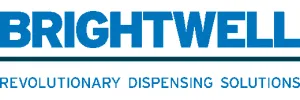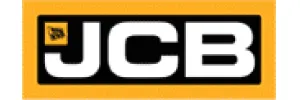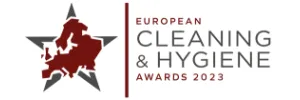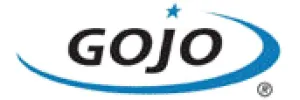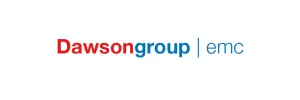News & Insights
Read the latest news from us and our clients across the globe

Posted on 18 May 2015 by adtrak.admin
Rolling out a clean regime
A pristine carpet enhances your image and the experience for customers or employees. But it’s also an asset in its own right, says Stephen Pinhorne, UK National Sales Manager of Truvox International Limited, who explains how to protect that investment.

Even in an age of minimalist interiors with sleek and smooth surfaces, most of us still have a soft spot for carpeting and upholstery.
From the deep pile in the boardroom to the more utilitarian covering in the back office or corridor, carpets are colourful and welcoming, cushion our step, and dampen the noise in a building bustling with activity.
But we need to tread carefully on this relatively big investment in fitting out a facility. It’s the role of your cleaning regime to preserve the appearance of carpet and upholstery, and prolong their life, giving you a better return on that hefty initial outlay.
A whole-life approach to carpet care starts with the material – natural or man-made, be it nylon, polyester or polypropylene – and recommended cleaning solutions. But the cleaning frequency, methods, and equipment used will depend on the setting and pattern of use.
Measure up the floor space, cleaning time required and the amount of chemicals consumed to determine the most cost-effective cleaning method and the payback from automation.
A typical annual cleaning and maintenance plan will specify daily vacuuming, interim maintenance cleaning every week or fortnight, and deep restorative cleaning, probably quarterly.
Interim cleaning involves ‘washing’ methods such as absorbent pads, dry foam shampoo or a dry powder cleaner. Spray extractors inject cleaning solution and extract dirt with a powerful vacuum. Light and compact options are available for even small venues.
A deep clean will remove any residue from these activities, but its main aim is to extract the embedded soil and refresh the texture of the carpet. This is the key to restoring that pristine look and improving indoor air quality.
Deep cleaning is best achieved with a polymeric carpet cleaning solution that ‘encapsulates’ the soil. When the carpet is dry, this is then removed by vacuuming.
As well as scheduling the right cleaning activity, a cost-effective cleaning regime will deploy the right equipment. There are a range of factors to consider.
For example, there may be large expanses of carpet or small rooms. What kind of fixtures, fittings and furniture (with or without upholstery) need to be cleaned under or around? Do people carry hot drinks in the area, or eat at tables or their desks?
The versatility of a machine that can wash, scrub and dry different floor types may be invaluable. An advanced, multi-purpose scrubber-dryer will achieve this in one pass, leaving the surface of just about every type of hard and soft floor virtually dry.
Where carpet pile depth varies, a vacuum that automatically adjusts the brush head will save operatives time and the effort of making adjustments manually. The ability to work at a range of different speeds could also be a good option. As a general rule, a low speed is better for thick carpeting, while a higher speed is more effective on shallower carpets and bare floors.
Are some areas hard to reach? Again the right choice of equipment will save cleaning time and improve cleaning standards. Specify compact and light versions of scrubbers and vacuums designed for cleaning in confined spaces – from food service areas to beneath desks and beds.
Both upright and cylinder designs have their advantages. Don’t assume that upright vacuums are less manoeuvrable, as the newest models can lie almost flat to clean under obstacles. On-board accessories and tools can tackle ceilings or curtains, as well as upholstery and seating.
One advantage of an upright vacuum is the option of a wider cleaning path, for large areas. Many upright models also have the ability to clean right up to the edge of a carpet, without the need to employ crevice tools. Back-pack variants come into their own on stairs and between seating.
Filtration systems are vitally important. Four-stage filtration, with HEPA 13 filters, is recommended to ensure vacuuming does not exacerbate the allergies of employees or customers.
Don’t forget training. Regular instruction in health and safety is essential. But education about battery maintenance, chemical dosage, storage and cleaning techniques will help to control costs as well as maintain high standards of cleanliness.
Published in Cleaning Matters – April/May 2015
Experts in Public Relations Services & Communications Management
Our ServicesGenuine industry specialists in cleaning and hygiene, environmental and recycling, and facilities management
Our Sectors
